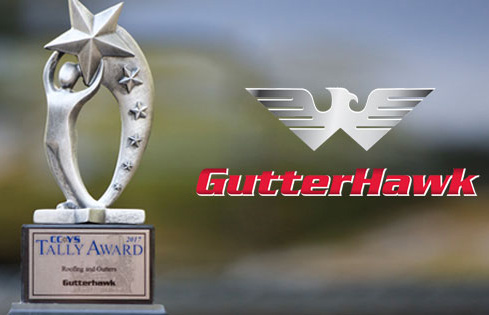Cleaning your metal roof regularly helps it last longer and keeps your home looking good. While many homeowners hire an excellent roofing company for this job, you can safely clean your metal roof yourself with the right approach and equipment. The process involves proper safety preparation, gathering the right supplies, preparing the roof surface, cleaning carefully, and finishing with thorough rinsing and inspection. This guide walks you through each step to help you clean your metal roof safely and effectively.
Safety Precautions
Safety should be your top priority when cleaning any roof. Wear non-slip shoes with good tread to prevent slipping on the metal surface, which can be especially slippery when wet. Use a sturdy ladder that can safely support your weight and reach the roof without overextending. Ensure your ladder is in good condition, with no bent or broken parts. A safety harness attached to a secure anchor point provides extra protection, which is particularly important on steep roofs. Wear work gloves to protect your hands from sharp metal edges and cleaning chemicals. Safety goggles protect your eyes from splashing water and other hazardous substances. Never work on your roof during wet, windy, or icy conditions, as these make the surface extremely dangerous. Take your time and move carefully – rushing leads to accidents.
Gather Necessary Supplies
Having the right supplies ready makes your roof cleaning job much easier and more effective. You’ll need a sturdy ladder with stabilizers to keep it steady against your house. A garden hose with an adjustable spray nozzle gives you control over water pressure and flow. Get a soft-bristle brush or mop for scrubbing – avoid stiff brushes that can scratch the metal. You’ll need a bucket for mixing cleaning solutions and a mild, non-abrasive cleaner designed for metal roofs. Protective gear includes work gloves, safety goggles, and non-slip shoes. A measuring cup helps you mix cleaning solutions properly. Consider getting a pump sprayer for easier application of cleaning solutions over large areas. Make sure you have access to plenty of water for rinsing. Having everything ready before you start saves time and ensures you don’t have to climb up and down repeatedly.
Preparing the Roof Surface
Before you start cleaning, take time to prepare the roof surface properly. Walk around and visually inspect the entire roof for debris, such as leaves, branches, dirt, or other materials that have accumulated. Use a broom, leaf blower, or your hands to remove larger debris that could interfere with the cleaning process. Look for problem areas with heavy dirt buildup, mold, mildew, or stains that might need extra attention. Check for loose materials, such as rust flakes or peeling paint that should be addressed before cleaning to prevent spreading or further damage. Make sure there are no obstacles, tools, or hazards on the roof that could cause you to trip or fall during cleaning. Remove or secure anything that might get in your way. This preparation step helps ensure your cleaning process goes smoothly and safely.
Cleaning the Metal Roof
Start the actual cleaning process by removing any remaining loose debris with a soft brush or leaf blower. For areas with built-up dirt or grime, mix a mild detergent with water according to the product instructions, typically using a few tablespoons per gallon of water. Apply the cleaning solution to small sections at a time and gently scrub with a soft sponge or cloth. Avoid harsh chemicals, bleach, or abrasive tools that can damage the metal coating or cause discoloration. Work systematically from one end of the roof to the other, making sure you clean all sections evenly. Pay special attention to areas around chimneys, vents, and gutters where dirt tends to accumulate more heavily. Avoid letting the cleaning solution sit for too long on the metal, as this can cause staining or damage to the metal.
Rinse and Inspect
After cleaning each section, rinse it thoroughly with clean water to remove all soap residue and loosened dirt. Start at the highest point of your roof and work downward, using your garden hose with a spray nozzle for better water control. Make sure all detergent is completely washed away to prevent streaking, spots, or potential damage to the metal surface. While rinsing, inspect the roof for any spots you may have missed, areas that require additional cleaning, or signs of damage, such as rust, corrosion, loose screws, or damaged panels. Address any problems you find promptly to maintain your roof’s condition and prevent bigger issues later. Regular cleaning and inspection help keep your metal roof in good condition and significantly extend its lifespan.
Other Roofing Tips:





